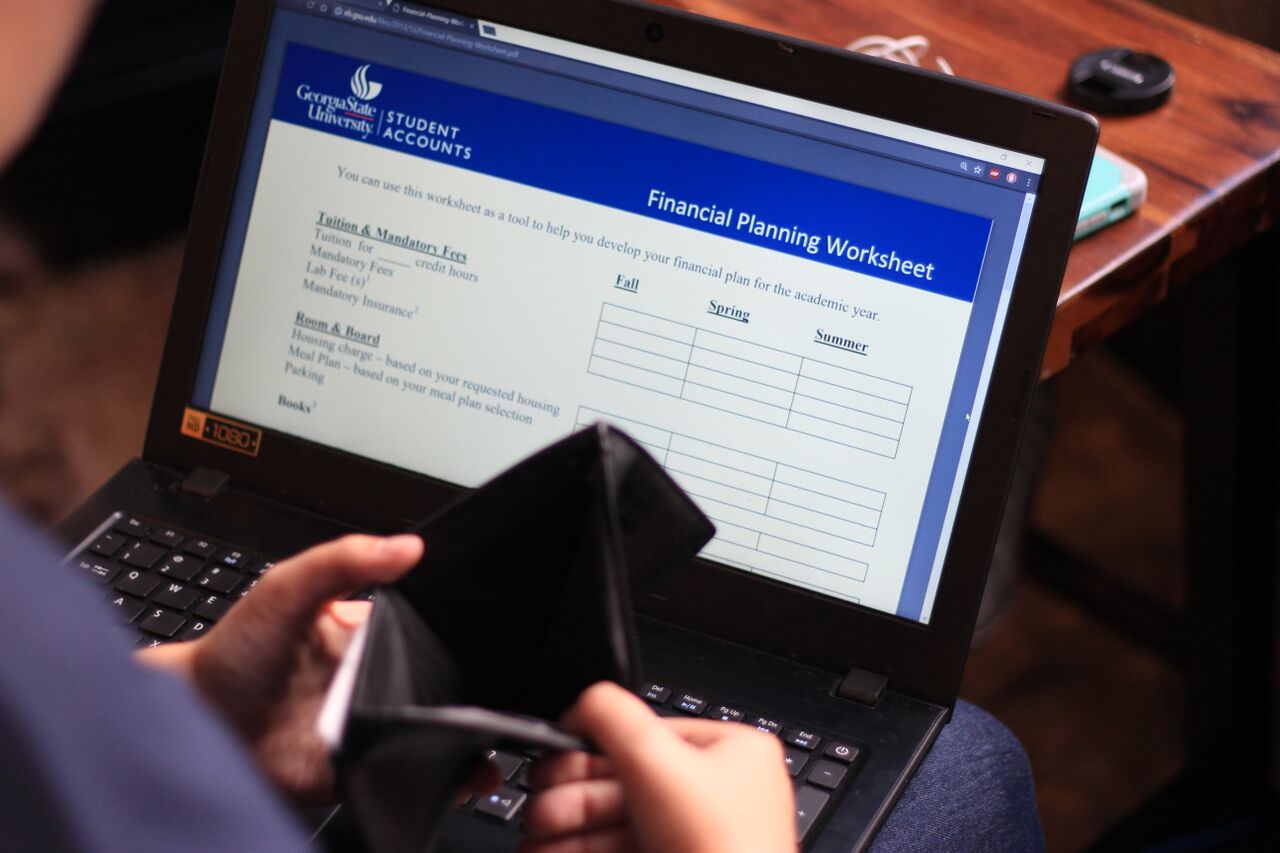
With the 2018-19 FAFSA application opening at the beginning of this month, most students are set to apply, but others are dealing with the issue of covering what their last aid awards didn’t.
Georgia is one of the only two states that does not offer need-based aid programs weighted toward financial aid, according to the Georgia Budget and Policy Institute, meaning students having the access to additional finances to accommodate their award.
“The big approach, is for the state to create a need-based program toward financial aid,” policy analyst Jennifer Lee said. “The challenge, is to just figure out how the state can fund that in a way that’s sustainable.”
Lee ran a report last month, which stated how the consequences of decreased state funding has weakened scholarships, and skyrocketed tuition costs for students and families in Georgia over the last decade.
State lawmakers cut higher education budgets during the recession starting in 2007, resulting in institutions raising the tuition and fees to balance the recent decrease.
Per-student state funding fell 36 percent for university programs and 45 percent for technical colleges from 2008 to 2012. For students with the lowest-income families of $30,000 or less, tuition increased by $2,249 between 2009 and 2015.
When asked why he thought students of low income families were hit the hardest, Joe Smith, Associate Vice President of Student Financial services said students at all economic levels face difficulties with tuition.
“During and after the period of budget cuts you see a very steep increase in tuition or fees at Georgia public colleges,” said Lee. “That’s one of the biggest changes in the last 10 years.”
Lee said her data has proven Georgia students often want attend college but are unable to because of the rise of tuition. She said because of this, some states such as Oregon, New York and California have introduced free college methods.
For example, in Tennessee, students who entered technical schools, are granted free tuition and fees under the Promise Program, a last-dollar scholarship which covers the costs of what other financial resources couldn’t.
Georgia state itself carries some resources to help students combat the rising tuition rates, such as the Panther Work Program, granting students campus and community employment which goes toward their tuition, and Panther Retention Program, a grant starting at $300, given to students on a track to graduation, with an outstanding balance to prevent dropping out.
Associate Vice President of Student Financial Services James Blackburn said unfortunately, the students who face the largest struggles are those that are applying for FAFSA late, or not completing the form at all.
And even though some students may not receive a grant or scholarship, most of them are eligible for loan aid.
“For some students, it’s the first time they are experiencing these challenges,” Blackburn said. “Too often, students experience difficulties and do not seek out support from our academic advising and other support functions. The best advice we can give is to seek out assistance whenever you experience these challenges.”
Blackburn said many students lose financial aid because they fall below the full-time status. However, if student is enrolled in 12 hours or more, they are able to maximize the financial aid available to them.
Federal financial aid programs, as well as other state and sponsored programs also require a minimum GPA to maintain eligibility.
